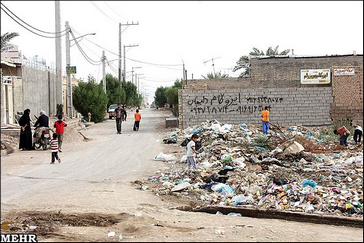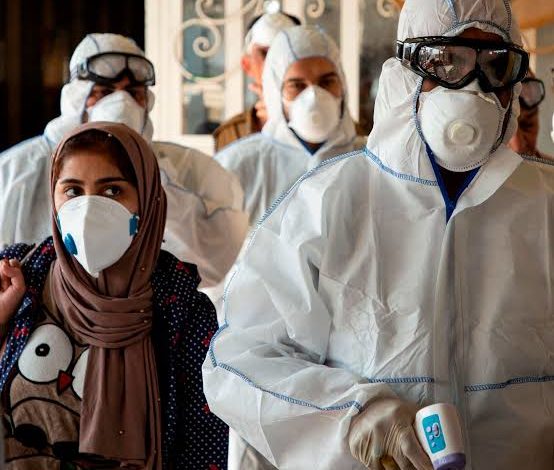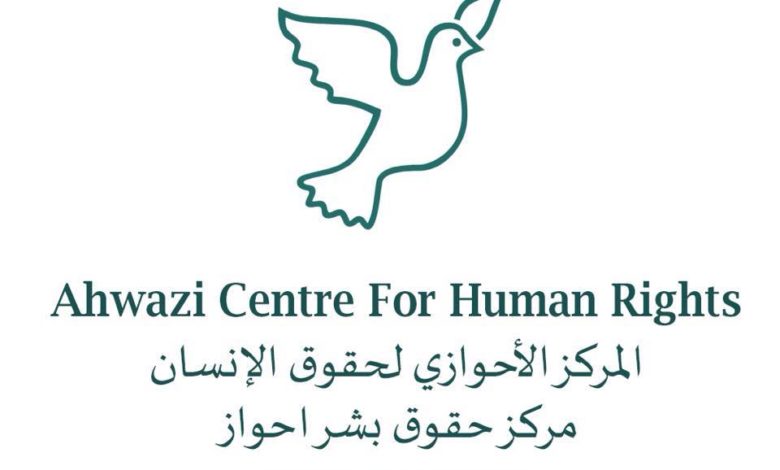Ghalet Chanan residents’ woes mount as Iranian state turns its back

Long ago, a wealthy Ahwazi Arab man named Chanan, renowned for his generosity and hospitality, built a massive, spacious, castle-like home with 40 to 50 rooms which housed not only his family but many rural farmers. Ever since the castle was built, the surrounding village has been known locally as Ghalet Chanan, or Chanan Castle in English.
According to the most recent official census, the village, with 24,000 Arab residents, is the second largest village in the world. Its residents, however, say that their problems remain unaddressed and forgotten by the Iranian regime’s officials.
The village is suffering from a severe lack of funding, and has been in desperate need of a budget adequate to meet its needs since 2001. One obvious sign of deprivation is the sight of household garbage and refuse scattered throughout the once-beautiful community; the one decrepit garbage truck which served the village fell to pieces some time ago and sits abandoned in a dusty corner of a village street after breaking down irreparably due to the immensity of the workload and Ghalet Chanan’s potholed roads. With no replacement parts or new truck, village children now play amid rubbish.
Today the once lovely historic village is a sad and faded image of itself due to the absence of any green space with no grass, plants or trees to be seen along its streets. Despite the fact that the village has a population of over 4,000 households, it also faces an extreme lack of educational spaces and facilities.
There are only three primary schools, but no high schools in the village or within travelling distance. In recent years, around 50 percent of female students have failed to continue their education beyond primary level as a result of the absence of high schools and the difficulties in travelling long distances to pursue their education.
The village has only one narrow, uneven, unpaved and dangerous gravel road connecting it to Ahwaz city. Due to its narrowness and lack of traffic signs driving along this road is a skill in itself; despite its short length, its poor state has led to many accidents with a disproportionately high numbers of deaths and casualties.

One resident explained, “The high rate of traffic accidents occurring on this road is one of the leading causes of death especially among young people who use two-wheeled vehicles like motorcycles. Just a few days ago, a collision between two motorcycles killed three young men”.
As you arrive in the village, you immediately notice that it lacks even the most basic facilities, including a bank, police station, pharmacy, library or park, let alone the aforementioned high school.
When you enter the village, you see a huge cloud of suffocating white smoke, extending in the streets, which looks alarming as though a huge fire is constantly burning there. But when you see the calm face of the young people who no place to enjoy their leisure time except in the streets, you realize that there is no need for panic.
We came across Adel, one of the young men from the village. When we asked him about the source of the smoke, he explained sadly “There is no sewage network, and we do not have a municipality. We have no other option to get rid of the garbage that causes diseases and provides a safe place for vermin like rats, mice, and insects but to burn the garbage in the streets. Thus people have to burn the heaps of garbage dumped in the streets. Suffocating smoke resultant from setting fire to the solid waste that contains items such as plastic and other domestic materials results in severe breathing problems for the people”.
Mr. Mahmoud Moridipor Dezfulli, the Head of Medical Center of Ghalet Chanan village said, “The village is located near a steel manufacturing works. The factory has several processes, each of which has led to the production of high proportions of emissions in the form of particles released into the atmosphere. These are then dispersed due to wind and rain. As a result; the majority of people are suffering from breathing disorders. The sky above the village is thick with toxic gases and particulate emissions and poses serious health threats to the people”.
He continued, “Although the entire Ahwaz region is exposed to air pollution, due to their proximity to the steel manufacturing factory, areas like Ghalet Chanan have the worst pollution”. He also added that “Discharging feces of human and animals into the streets are terrible because the sewage conveyance is totally damaged and worn-out, so the flowing of wastewater in the streets is increasing health problems for people. In addition, the accumulation of a large quantity of scattered waste and garbage in the streets has caused an epidemic of infectious diseases and other diseases such as diarrhea and parasitic diseases among the people”.
Another of Ghalet Chanan’s resident says “We are living in a very densely populated area, but we have been neglected people for years, and the authorities do not care about us. We want grasslands, banks, asphalted roads and paved streets, regular road sweepers, trash collection trucks, street dustbins. Our water is so polluted it is undrinkable, thus we are forced to use groundwater. But the water of the wells also has a high salinity level and high nitrate concentrations and is not sufficient to fulfill the needs of the population”.
Another resident explained, “Water pollution is one of the major causes of diseases among the people. Our children and elderly men and women were admitted to hospitals in Ahwaz due to kidney problems and blood poisoning after drinking polluted water”.
Environmentalists and public health specialists in Ahwaz announced that the water in rural areas like Ghalet Chanan is of very low quality and is unsafe for human consumption due to contamination with nitrates, sodium, and chlorides which exceed the acceptable levels.
At the end of our visit, residents said, “We know well that officials are blind and deaf and do not want to hear and to see our legal demands. But we will continue to speak about our problems. This is the least we can do”.
“We want job opportunities; we want police patrols; we don’t ask for hospitals, but instead we want well-equipped medical centers. We want fresh water; our people have gastric cancer because of water pollution; our piped water is smelly and disgusting. We can’t even water our plants and flowers with it.’
In addition, dozens of students complained that during rainfall season they cannot go to schools because the sewage water and floods submerge the area thus they cannot get across the streets. They said that their bags and their uniforms are covered in mud and filth as they traverse the muddy streets.
Although Ghalet Chanan has a population of more than 24,000 people, the Iranian government still considers it as a village and refuses to recognize it as a town in order to justify depriving it of services and facilities.
While more than 90 percent of Iranian oil is extracted from oil wells in the Ahwaz region, the Ahwazi Arab indigenous population which stands at around 8 million remains outcast, marginalized and stuck in a wretched situation. Sometimes words fail to depict the sheer atrocities and the gravity of sufferings of these people who are paying the endless price for their Arabic ethnic origins. From all angles of their life, they are surrounded by poverty, sorrow, agony, deprivation, hunger, illness, execution, intimidation and many other forms of suffering. In recent years, they have protested against the countless crimes which are committed against them by the Iranian regime. Their demands for justice and basic rights are answered with arrests, torture, death sentences and heavy prison terms.
C: R.H
S: aLiBz




